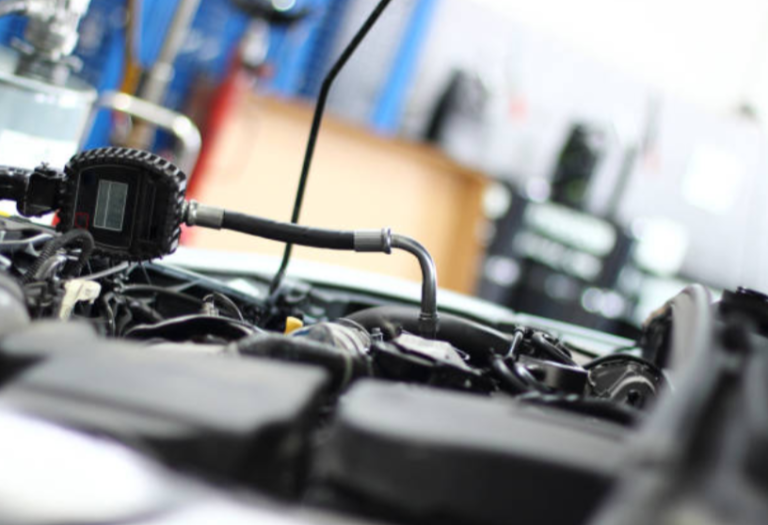Gas Turbine Parts Manufacturing: Innovations Driving the Power Industry Forward
The power generation industry relies heavily on gas turbines for their ability to deliver reliable, high-efficiency energy. These machines are the backbone of many modern power plants, aviation engines, and industrial applications. At the heart of this technology lies gas turbine parts manufacturing—a field that has seen rapid innovation over the last few decades. From advanced materials to precision engineering and cutting-edge digital technologies, the way gas turbine components are designed and produced is transforming the performance, efficiency, and sustainability of the power industry.
This article explores the innovations shaping gas turbine parts manufacturing and their critical role in driving the future of power generation.
Understanding Gas Turbine Parts Manufacturing
Gas turbines are complex machines with thousands of individual components, but certain parts are more critical than others in determining efficiency and reliability. These include:
- Compressor blades and vanes – responsible for compressing incoming air.
- Combustor liners and nozzles – where fuel mixes with compressed air and burns.
- Turbine blades and diaphragms – which extract energy from hot gases to drive the turbine.
- Seals, bearings, and casings – supporting performance, alignment, and containment.
Manufacturing these components requires extreme precision, as even minor defects can lead to efficiency losses, excessive wear, or catastrophic failures. Traditional manufacturing methods such as casting and forging are still used, but modern gas turbine parts production is being revolutionized by advanced technologies and materials.
Key Innovations in Gas Turbine Parts Manufacturing
1. Advanced Materials and Superalloys
Gas turbine components operate under extreme heat and stress—temperatures inside the combustion chamber can exceed 1,600°C (2,900°F). To withstand these conditions, manufacturers are increasingly turning to:
- Nickel-based superalloys with high creep and fatigue resistance.
- Ceramic matrix composites (CMCs), which are lighter and offer superior thermal resistance compared to metals.
- Coatings with thermal barrier properties, extending the lifespan of hot-section components.
These advanced materials not only increase the durability of turbine parts but also enable turbines to run at higher operating temperatures—directly improving efficiency and lowering emissions.
2. Additive Manufacturing (3D Printing)
One of the most significant breakthroughs in gas turbine parts manufacturing is additive manufacturing (AM), commonly known as 3D printing. Unlike traditional subtractive methods, AM builds components layer by layer, allowing for complex geometries that were previously impossible to manufacture.
Advantages of 3D printing in gas turbine parts manufacturing include:
- Rapid prototyping and shorter lead times.
- Lightweight designs with optimized airflow channels.
- On-demand production, reducing the need for large inventories.
- Repair and refurbishment of worn turbine parts through direct energy deposition.
For example, turbine nozzles and fuel injectors produced via 3D printing can incorporate intricate cooling passages, improving performance and reducing fuel consumption.
3. Precision Machining and Automation
While additive manufacturing is growing, precision machining remains a cornerstone of gas turbine production. Innovations in computer numerical control (CNC) machining, robotic automation, and laser cutting technologies have greatly enhanced:
- Dimensional accuracy of components.
- Repeatability in high-volume manufacturing.
- Surface finishing, reducing wear and drag inside turbines.
The integration of automated robotics in gas turbine part assembly also improves consistency, reduces human error, and lowers manufacturing costs.
4. Digital Twin Technology
Digitalization is playing a major role in modern turbine part manufacturing. Digital twins—virtual models of physical components—allow engineers to simulate stress, wear, and performance before actual production.
Benefits of digital twin technology in turbine manufacturing include:
- Predicting component lifespan under real operating conditions.
- Optimizing design to minimize material use while maximizing performance.
- Reducing prototyping costs by testing virtually before manufacturing.
This innovation has helped manufacturers transition from reactive to predictive maintenance, ensuring longer component lifespans and reducing unplanned downtime.
See also: The Secret Tech Inside Vehicle Anti Theft Devices
5. Sustainable Manufacturing Practices
With the global push toward sustainable energy, manufacturers are adopting eco-friendly practices in turbine part production. These include:
- Recycling superalloys from retired turbine blades.
- Energy-efficient casting processes to reduce carbon footprints.
- Use of renewable energy sources in manufacturing facilities.
Not only do these practices align with sustainability goals, but they also help reduce operational costs in the long term.
Impact on Power Industry Performance
The innovations in gas turbine parts manufacturing are having a profound effect on the power industry:
- Higher Efficiency – Advanced materials and precision engineering allow turbines to operate at higher temperatures and pressures, delivering more electricity from the same amount of fuel.
- Lower Emissions – Better combustion efficiency and optimized cooling systems reduce greenhouse gases like CO₂ and NOx.
- Reduced Downtime – Predictive analytics and advanced repair techniques extend component lifespans, minimizing costly outages.
- Cost Savings – Additive manufacturing and automation reduce labor costs, material waste, and inventory requirements.
- Adaptability – Customized component manufacturing allows turbines to be adapted for both traditional fuels and renewables, supporting the global energy transition.
Challenges in Gas Turbine Parts Manufacturing
Despite innovations, the industry still faces significant challenges:
- High material costs for superalloys and composites.
- Complexity of regulatory compliance in safety-critical industries like power and aviation.
- Skill shortages, as advanced manufacturing requires highly trained engineers and technicians.
- Scaling 3D printing from prototyping to full-scale production.
Addressing these challenges requires ongoing collaboration between manufacturers, research institutions, and power companies.
The Future of Gas Turbine Parts Manufacturing
Looking ahead, the next wave of innovation will likely include:
- AI-driven design optimization, where machine learning algorithms create component designs beyond human imagination.
- Hybrid manufacturing, combining additive and subtractive processes for maximum efficiency.
- Next-gen coatings, offering superior oxidation and corrosion resistance for hot-section parts.
- Integration with renewable energy systems, enabling turbines to run efficiently on hydrogen and biofuels.
These advancements will make turbines more adaptable, efficient, and sustainable—keeping them relevant in a rapidly evolving energy landscape.
Conclusion
Gas turbine parts manufacturing is at the cutting edge of engineering innovation, directly shaping the performance and sustainability of the global power industry. From superalloys and additive manufacturing to digital twins and sustainable practices, these advancements are pushing the boundaries of what turbines can achieve.
For power plants, aviation, and industrial operators, investing in advanced gas turbine components means greater efficiency, reliability, and cost savings. As the world transitions toward cleaner energy solutions, innovations in gas turbine parts manufacturing will continue to play a vital role in delivering the power we depend on—efficiently and sustainably.






